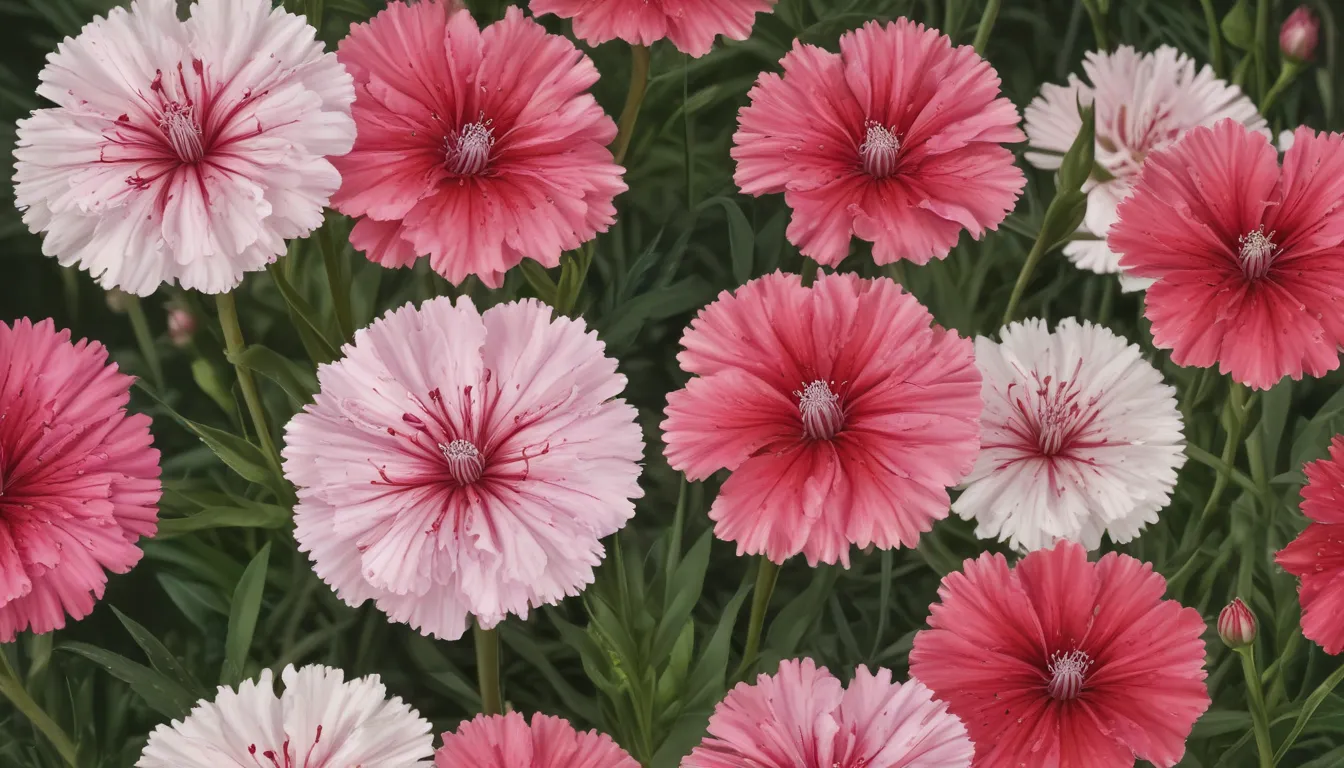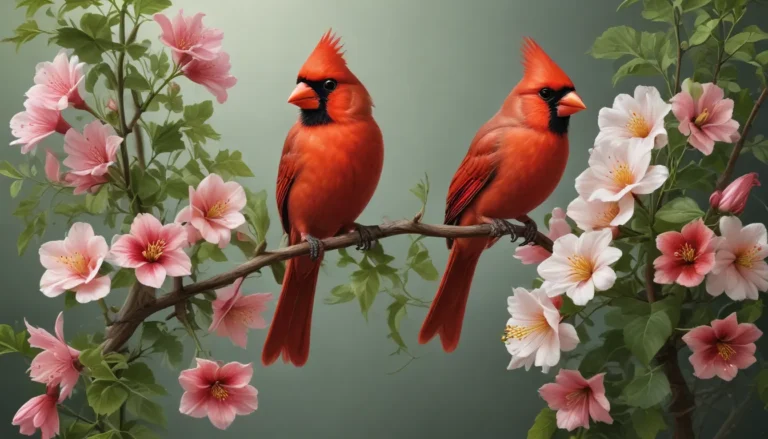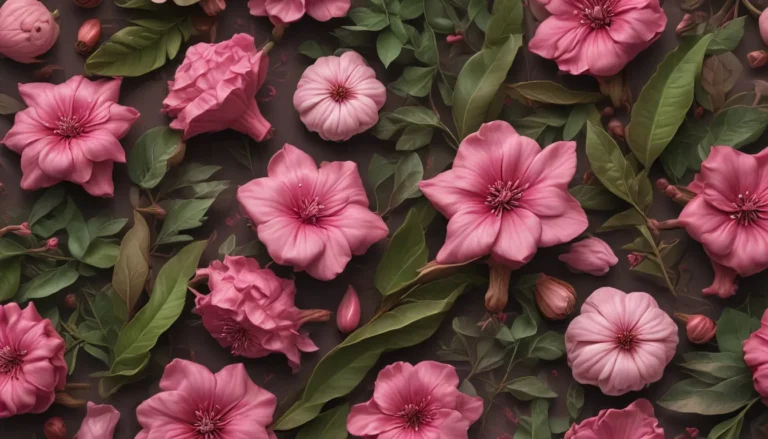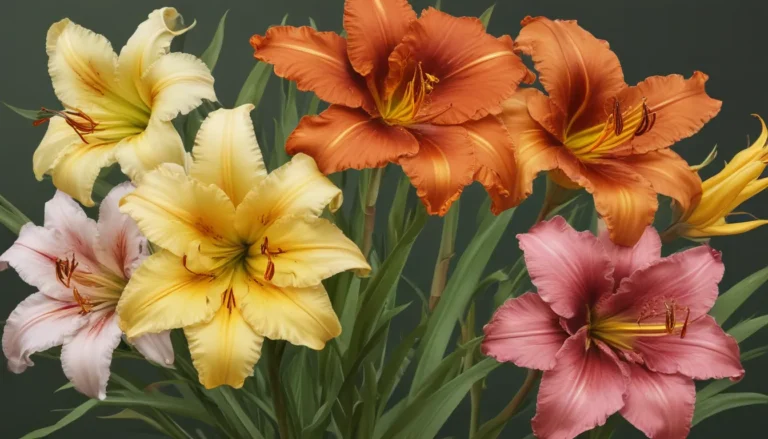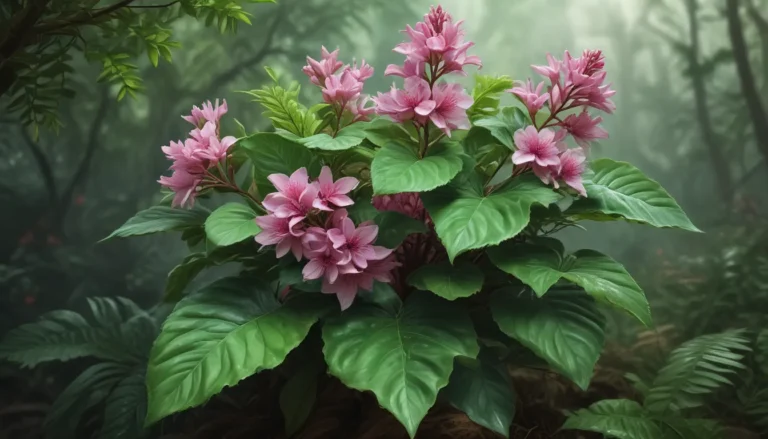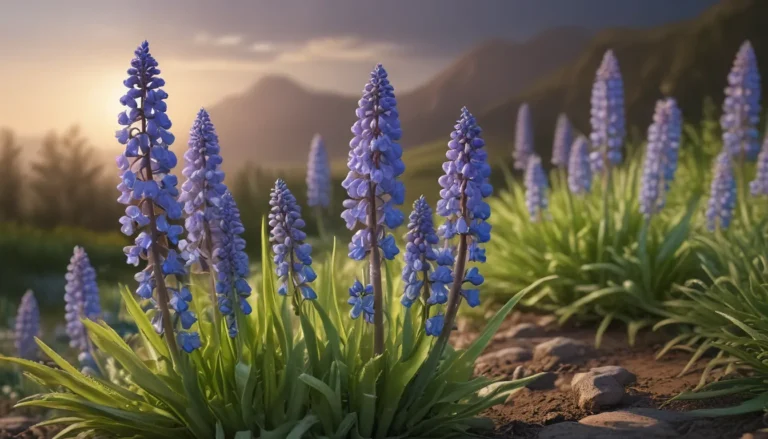The pictures we use in our articles might not show exactly what the words say. We choose these pictures to make you interested in reading more. The pictures work together with the words but don’t take their place. The words still tell you the important facts.
Dianthus caryophyllus, commonly known as carnations or clove pinks, has captured the hearts of plant enthusiasts and flower lovers alike with its vibrant colors, rich fragrance, and deep symbolism. Originating from the Mediterranean region, these captivating flowers have a fascinating history and a wide range of attributes that make them a popular choice for various occasions and celebrations. In this article, we will delve into the enchanting world of Dianthus caryophyllus and unravel 15 captivating facts that will deepen your appreciation for these remarkable blooms.
The Origins of Dianthus Caryophyllus
Dianthus caryophyllus, or the carnation, traces its roots back to the Mediterranean region, where it has been cultivated for centuries for its beauty and fragrance. The name "carnation" is believed to have originated from the Latin word "carnis," which means flesh, referring to the original pinkish hue of the flower.
Diverse Color Varieties and Symbolism
One of the most fascinating aspects of Dianthus caryophyllus is its diverse range of colors, including red, pink, white, yellow, and even bi-colored varieties. Each color carries its own symbolic meaning, with red carnations symbolizing deep love and admiration, white carnations representing purity and innocence, and pink carnations often associated with maternal love and affection. Whether used in bouquets, corsages, or arrangements, carnations convey a message of love, fascination, and distinction.
Longevity and Fragrance
Carnations are renowned for their long vase life, making them a popular choice for floral arrangements and bouquets. In addition to their longevity, carnations emit a sweet and spicy fragrance that adds an extra layer of charm to these already captivating blooms. This fragrance is not only pleasant to the senses but is also utilized in perfumes and scented products.
Traditional and Cultural Significance
Throughout history, carnations have held various symbolic meanings and cultural significance. In traditional medicine, carnations have been used to treat ailments such as digestive issues and stress relief. These versatile flowers are also popular choices for weddings, symbolizing beauty, versatility, and affordability. Carnations are frequently chosen as Mother's Day gifts, representing the unconditional love and devotion of mothers.
Cultivation and Care Tips
Growing Dianthus caryophyllus requires well-draining soil, regular watering, and full sun exposure for optimal growth. To prolong the vase life of cut carnations, it is important to trim the stems at an angle, remove submerged foliage, and change the water regularly. Carnations can also be propagated from stem cuttings, making them a versatile plant for both indoor and outdoor cultivation.
Edible and Sustainable Flower Choice
Certain varieties of carnations are edible and can be used as decorative elements in salads, desserts, and cocktails. In addition to their culinary uses, carnations have a smaller carbon footprint compared to other cut flowers, making them an eco-friendly choice for floral arrangements.
International Carnation Day and Historical Significance
January 29th is celebrated as International Carnation Day to honor the beauty and significance of Dianthus caryophyllus. Throughout history, carnations have been used in ceremonial garlands by ancient Romans and Greeks, adorning statues and symbolizing beauty and divine grace.
The Resilience and Charm of Carnations
In conclusion, Dianthus caryophyllus, or carnations, stand out as a fascinating plant with a rich history, vibrant colors, and versatile uses. Whether you are drawn to their captivating fragrance, symbolic meanings, or cultural significance, carnations hold a special place in the hearts of many. As you explore the world of Dianthus caryophyllus, take a moment to appreciate the enchanting beauty and remarkable attributes of these cherished blooms.
FAQs About Carnations
- How long do carnations bloom?
-
Carnations typically bloom for about 4 to 6 weeks, depending on the variety and growing conditions. Some varieties may continue to bloom intermittently throughout the year with proper care.
-
Can carnations be grown indoors?
-
Yes, carnations can be grown indoors in a sunny spot near a window with adequate sunlight and proper watering to prevent fungal diseases.
-
What symbolic meanings do carnations carry?
-
Carnations have different symbolic meanings based on their color, symbolizing love, purity, innocence, and maternal love.
-
How can I prolong the vase life of cut carnations?
-
To extend the vase life of cut carnations, trim the stems, remove submerged foliage, change the water regularly, and add flower preservative.
-
Can carnations be propagated from cuttings?
- Yes, carnations can be propagated from stem cuttings by placing them in well-draining soil and providing proper care until roots develop.
Dianthus caryophyllus, with its captivating beauty and enchanting fragrance, continues to be a beloved flower with a rich history and diverse attributes. Whether you are exploring the world of floral arrangements or simply appreciating the symbolism of flowers, carnations offer a colorful and aromatic journey worth embarking on. Let the charm of Dianthus caryophyllus inspire you to embrace the beauty and wonder of nature in all its vibrant hues and captivating scents.
